In her Nepal case study,
Vanda Felbab-Brown discusses governance and political developments in Nepal since 2008 and their intersection with organized crime. The chapter, which explores political crimes, terrorism, and economically-motivated crimes, such as drug-trafficking, extortion, illegal logging, and wildlife trafficking, is a part of a new study
on the impact of organized crime on governance in developing countries: Getting Smart and Scaling Up.
Led by Camino Kavanagh, the study also includes other case studies from Africa and Latin America and draws recommendations for how to mitigate the pernicious effects of organized crime on political and economic development and governance.
In the Nepal chapter, Dr. Felbab-Brown analyzes how Nepal is a country and a nation in flux, transitioning out of conflict, and yet stuck in a political and institutional morass since May 2012. Behind much of the political contestation in this deeply impoverished, resource-rich country is the desire by politicians and political groups to control the state in order to capture resources from foreign aid, tourism, and existing hydropower.
Corruption, nepotism, and patronage are deeply ingrained. The culture of impunity is as pervasive as corruption, and growing. Institutions, such as law enforcement and civil service bureaucracies, are mostly weak and increasingly politicized. Many urban and rural residents still believe that they need to provide payoffs to, and engage in complex negotiations with powerful actors in their locality, whether powerful local politicians or armed and criminal gangs, to assure their safety and secure their elementary and everyday transactions.
Organized crime in Nepal, encompassing both politically-motivated and economically-driven crime, is still in its initial developmental stages. The nexus between crime and political parties has been thickening and few political parties are immune from using criminal groups for political purposes, including demonstrating street power, raising money for the party, and securing contracts for clients. Yet criminal groups in Nepal have nowhere near the level of sophistication and organizational complexity of the criminal groups operating in India or Pakistan, for example. Nor do they yet systematically deliver “public” goods to local populations to cultivate support independent of the state, as other criminal groups – from India to Japan, Italy, and Colombia – have learned to do. The level of violence Nepali criminal groups perpetrate in support of their profit-seeking activities is also fairly limited when compared with criminal organizations in other parts of the world, such as Colombia or Mexico.
The rather primitive stage of organized crime formation and the limited sophistication of illicit economies present important opportunities for policy initiatives. However, in the absence of careful design many anti-crime policies can be counterproductive. Law-enforcement actions can thus inadvertently encourage the vertical integration of organized crime groups and undermine the constraints preventing criminal groups from resorting to violence.
Countering such inadvertent negative outcomes requires a very sophisticated interdiction strategy, rather than standard targeting patterns. It also requires robust investment in law enforcement and rule of law institutions, an effort deeply complicated and undermined by the overall political context in the country. Out of the range of Nepal’s illicit economies, countering environmental crime promises greatest policy payoffs, while prioritizing countering drug production and trafficking the least benefit. Many interventions against human trafficking, a crime topic much favored by outside donors, have been ineffective. Whatever policy initiatives anti-organized crime outside donors do adopt, they should be guided above all by a do-no-harm principle.

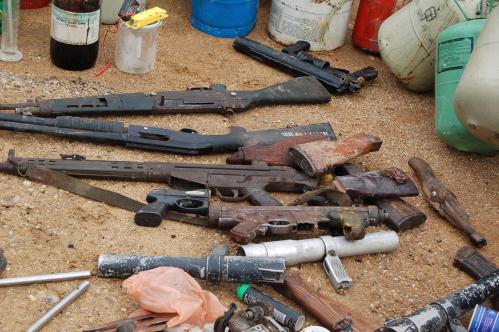
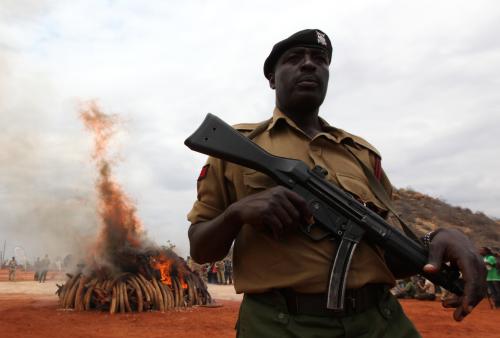
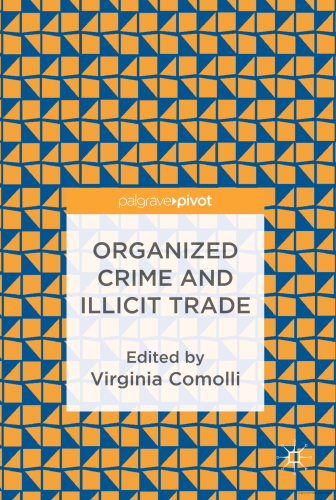
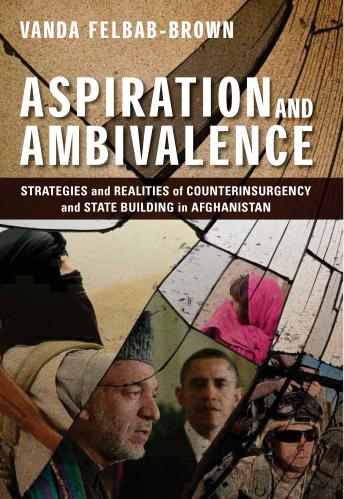


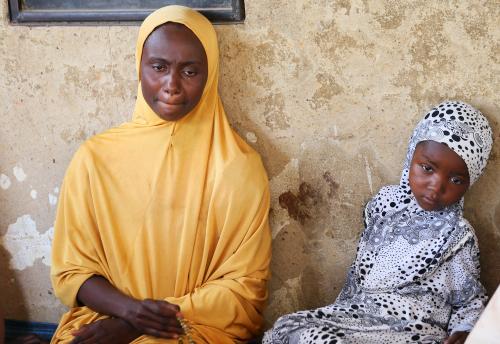
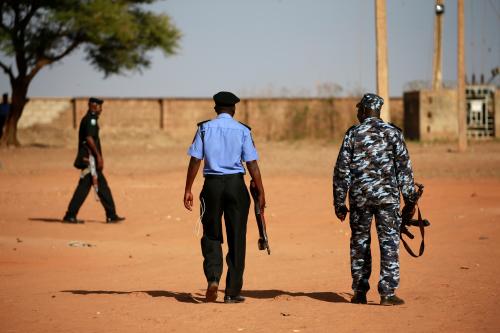
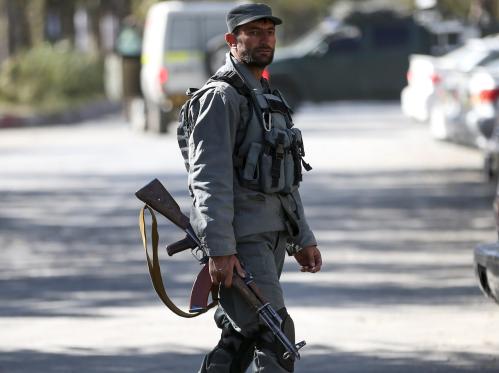
Commentary
The Impact of Organized Crime on Governance: A Case Study of Nepal
June 12, 2013